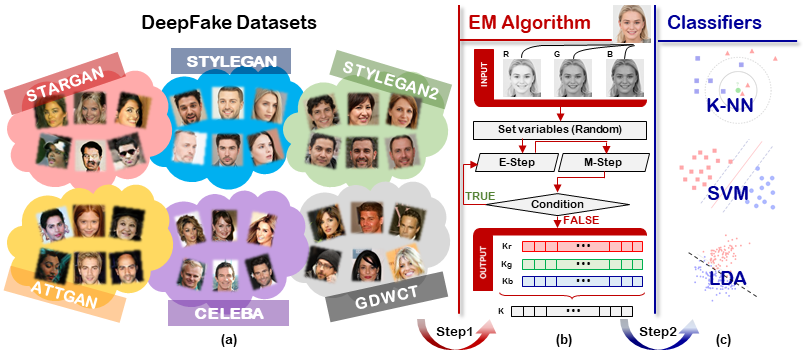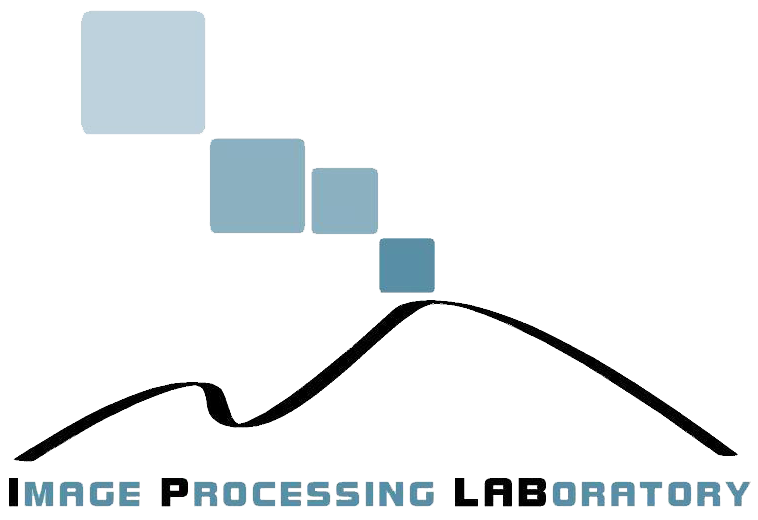
| Results of each comparison |
|
Confusion Matrix
|
| Binary classification (CELEBA Vs DeepNetworks) |
|
Confusion Matrix
|
| Plot accuracy |
|
Accuracy Analysis Accuracy Analysis - Binary classification (CELEBA Vs DeepNetworks) |




Examples of Deepfake: (a) Obama (Buzzfeed in collaboration with Monkeypaw Studios);
(b) Mark Zuckerberg (Bill Posters and Daniel Howe in partnership with advertising company Canny);
(c) Matteo Renzi (the italian TV program "Striscia la Notizia").
ABSTRACT
The Deepfake phenomenon has become very popular nowadays thanks to the possibility to create incredibly realistic images using deep learning tools, based mainly on ad-hoc Generative Adversarial Networks (GAN). In this work we focus on the analysis of Deepfakes of human faces with the objective of creating a new detection method able to detect a forensics trace hidden in images: a sort of fingerprint left in the image generation process. The proposed technique, by means of an Expectation Maximization (EM) algorithm, extracts a set of local features specifically addressed to model the underlying convolutional generative process. Ad-hoc validation has been employed through experimental tests with naive classifiers on five different architectures (GDWCT, STARGAN, ATTGAN, STYLEGAN, STYLEGAN2) against the CELEBA dataset as ground-truth for non-fakes. Results demonstrated the effectiveness of the technique in distinguishing the different architectures and the corresponding generation process.

|
Download Paper |

| Results of each comparison |
|
Confusion Matrix
|
| Binary classification (CELEBA Vs DeepNetworks) |
|
Confusion Matrix
|
| Plot accuracy |
|
Accuracy Analysis Accuracy Analysis - Binary classification (CELEBA Vs DeepNetworks) |